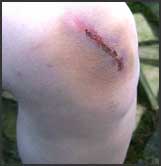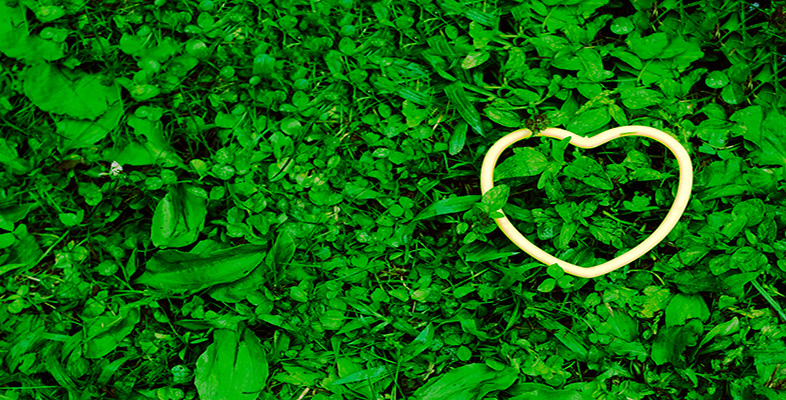5.3 Blood vessels: veins, arteries and capillaries
The tubes that carry blood around the body can be loosely divided into two types, arteries and veins. Arteries are the tubes that take blood away from the heart. They tend to be quite large, at least a few millimetres in diameter. Veins are the tubes that carry the blood back to the heart and these are usually narrower than the arteries.
The figure shows an image of the cardiovascular system, laid out from end to end. Let us imagine that this is the system that runs through one leg. An artery carries blood from the heart, it splits into smaller arteries that run through various parts of leg. After this, a number of small veins join up to one large one, which carry the blood back to the heart. An important part of the system is where the arteries divide into the thousands and even millions of smaller ‘pipes’ called capillaries. They run through all parts of the body and it is through these that the blood interacts with the rest of the body. Capillaries can be very small (thinner than a human hair) and they are different to arteries and veins because the oxygen and nutrients in the blood can move from them into the surrounding body tissue, and material in the body tissue can move from the tissue into the blood.
There are many examples of how this works: when we breathe in, the oxygen in the air is absorbed into blood capillaries running through the lungs. When we eat, the blood capillaries in our digestive system absorb nutrients into the blood, which carries them around the body to where they are needed.

We've all seen the effect of blood vessels even if we didn't know it at the time. When we bruise part of our bodies, the reason that the area turns black is that we have damaged the blood vessels in that part of the body. Rather than flow through the blood vessel, blood escapes into the tissue, and the area turns reddish-black. Similarly, the rapid beating of our heart during physical activity sends blood flowing quickly to all parts of the body, and the areas where the blood vessels are really close to the skin turn red – which is why we may turn red in the face after exercise.
